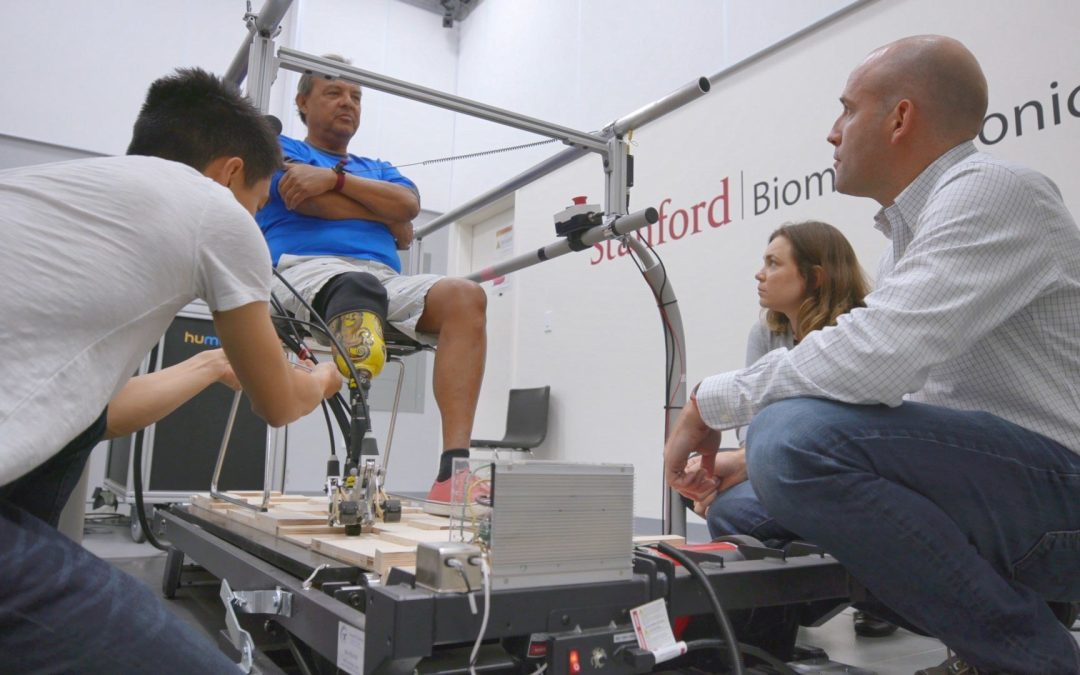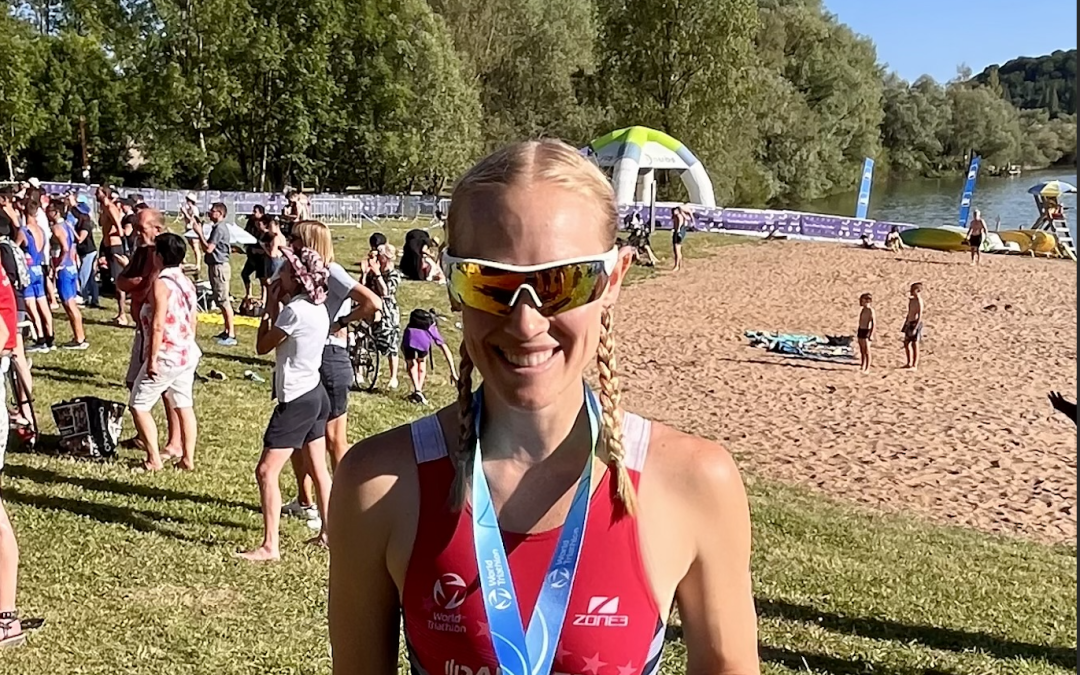How did your journey with disability begin?
It largely began when I was injured in a bicycle – motor vehicle crash that resulted in spinal cord injuries and lower extremity paralysis. That event ended my service in the US Army, and led me down an entirely different path in life.
Help our nonprofit curate more inspiring stories.

“More money and talent are need to move the field forward, and there needs to be more opportunities for people with disabilities to become clinicians, scientists, and engineers in leadership roles.“
When did you first become interested in bionics? Are there specific challenges that you’ve tried to address with your research?
I have been interested in engineering and inventing since I was a child. However, after starting to use a wheelchair for mobility and depending on technology for many aspects of my life with spinal cord injuries, I started to learn more and develop technologies for myself and gradually for other people.
I developed more knowledge and skills as I advanced in my studies of engineering at Cal Poly and later UCSB, and saw the potential for robotics and bionics to make a positive difference in people’s lives, and create opportunities for people with more complex challenges. I am a somewhat eclectic inventor and engineer – my focus is mostly as a problem solver. However, my emphasis has largely been in the domain of providing or increasing people’s mobility and ability to manipulate objects to perform real-life tasks.
“I hope that people will remember me for making real and positive differences to the health and quality of life for people, especially those with disabilities and wounded veterans.”

What are some of the challenges that need to be addressed in order to one day make wheelchairs obsolete?
I don’t think that wheelchairs will become obsolete. Currently and for the foreseeable future, wheelchairs provide one of the most effective and safest means of conveyance for many people with mobility impairments. I see other technologies augmenting or enhancing wheelchair mobility. However, I do believe that there will be greater integration of robotics, bionics, and advance design and manufacturing integrated into wheeled mobility devices and hybrid devices (e.g., wheel and legged, wheeled and tracked). I aexpect that there will be more hybrid devices.
More money and talent are need to move the field forward, and there needs to be more opportunities for people with disabilities to become clinicians, scientists, and engineers in leadership roles.
What excites you about the future of bionics? What advances might we see in the future?
The fact that bionics is starting to address advances in mobility and function for people with disabilities is exciting. We’re really still at the nascent stage, and there needs to be significant advancement in a variety of areas, for example, human-machine interfaces, symbiotic sensing and control, power sources and actuators, materials, design processes, standards and testing.
In the next 5-years, we should see some advances in design, sensing, and power sources. In 10-years, there should be some modestly robust systems in use that actually expand mobility or people with impairments achieving some level of independence not previously possible. In 20-years, there should be commercial availability for home and community use that make a real positive difference in people’s lives that were previously not possible.
I hope to see improved health, higher gainful employment, greater inclusion in all aspects of society, and more career and educational opportunities in science, technology, engineering, and medicine..
When people consider your legacy, what do you hope they think of? What are you most proud of?
I hope that people will remember me for making real and positive differences to the health and quality of life for people, especially those with disabilities and wounded veterans through the invention of important technologies, and for leadership and inspiration of new generations of scientists and engineers.
I’m most proud of the people’s lives that have benefitted [from my work] and the legacy of the people who have committed their lives to making the world a better, more inclusive, and accessible place.



